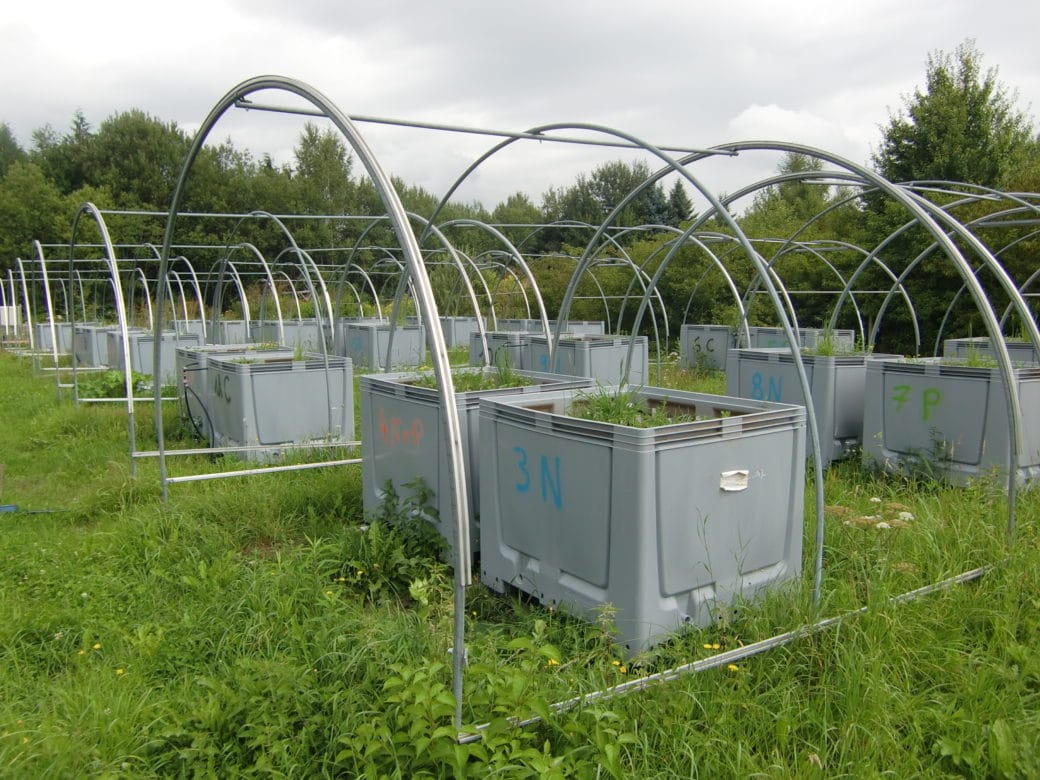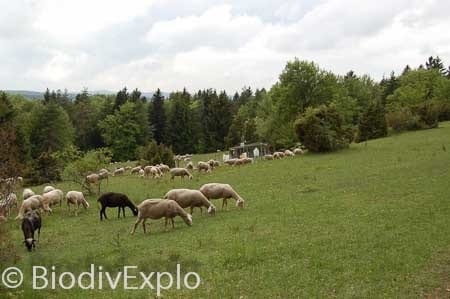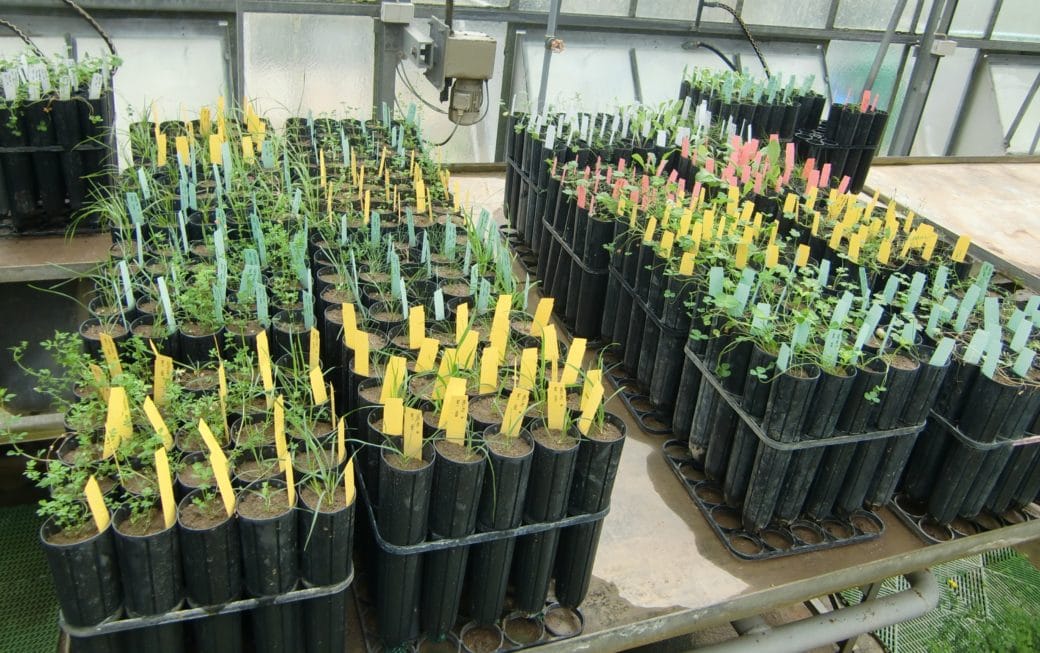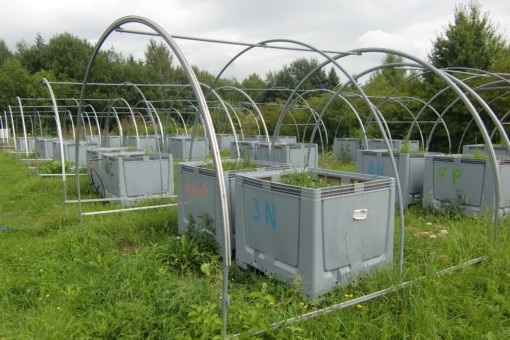The role of nutrients for the variability of drought effects on community composition and productivity across land use gradients in grasslands: a trait based approach

Drought is important in grasslands worldwide. Temperate grasslands experience years with low rainfall and are subject to extreme drought events that lead to plant drought stress. With global climate change, temperatures are projected to increase and water availability to decrease in temperate grasslands during the growing season. At the same time, the intensity and frequency of drought events is expected to increase. The importance of drought in driving community structure and ecosystem function in grasslands is therefore expected to even increase in the future.
However, although we have plenty of evidence for the importance of drought in grasslands we still lack a thorough understanding that enables us to predict which species/traits will benefit or suffer from drought, and therefore the effects on community composition and on ecosystem function and resilience.
In this research project we will address the following main questions:
- how does drought tolerance vary among grassland species in the Exploratories?
- what traits are important for determining differential drought tolerance of grassland species?
- to what extend is drought important in shaping community composition and diversity across space and time, and what is the role of neutral vs. deterministic processes (and habitat filtering vs. niche differentiation)?
- does the importance of drought for community assembly change with land-use?
We will conduct common garden drought experiments on the most important species in the Exploratory grasslands to comparatively assess species drought responses and potentially underlying traits. We will combine the results with Biodiversity Exploratory data on vegetation composition and moisture variation in the experimental plots to evaluate the relative importance of drought for community assembly.












